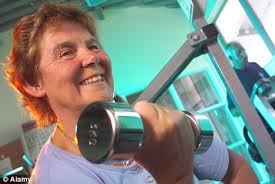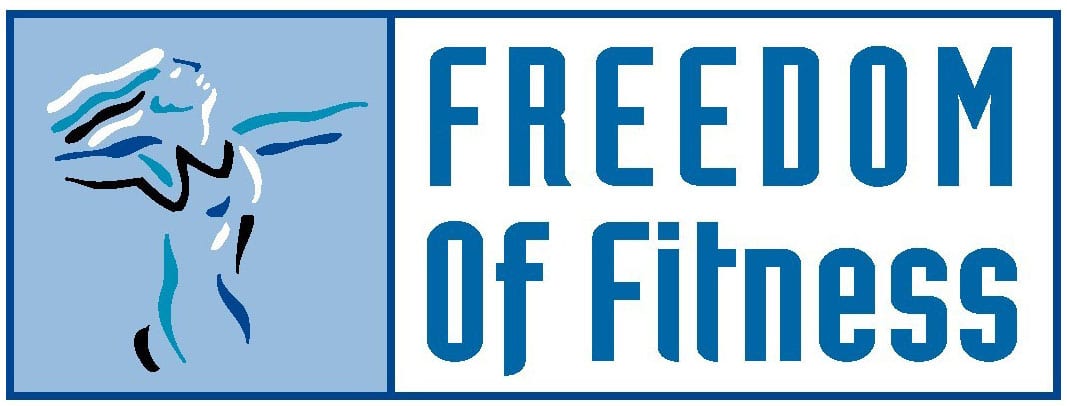
As we age, muscle mass declines (sarcopenia). Between 35-70, we lose approximately 20-25% of our lean body mass. Decreased production of certain hormones, disease, poor diet, and an inactive lifestyle contributes to this loss. By making dietary improvements, adding regular exercise, especially resistance training, we can maintain or even enhance our muscle mass and strength.
Body fat increases from young adulthood through middle age, peaking at 55-65 years of age. It tends to remain somewhat stable until the age of 70, then it tends to decline. With age, body fat shifts from subcutaneous stores, just below the skin, to internal or visceral fat stores. Visceral fat stores in the abdomen is a cardiac risk factor, especially if the male’s waist is 40 inches and the female is at 35 inches, or above. Exercise and a healthy, portion controlled diet can keep body fat at a healthy level.
Bone density also can decline with age. This increases the risk of fracture. Menopause, due to the lack of estrogen, can lead to a sudden and dramatic loss of bone in women. Men’s testosterone decreases with age and this can contribute to decreased bone density, however, it is less dramatic, compared to women.
Solution? A nourishing diet with ample amounts of protein, calcium, phosphorous, and Vitamin D can help. Regular weight-bearing exercise can reduce bone loss and increase lean body mass, even in our senior years.
Website: www.freedomoffitness.com Phone: 619-977-5779.


